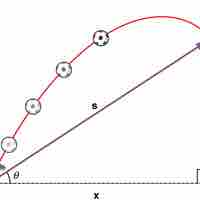Chapter 3
Two-Dimensional Kinematics
By Boundless
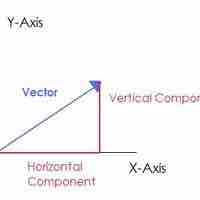
Vectors are geometric representations of magnitude and direction and can be expressed as arrows in two or three dimensions.
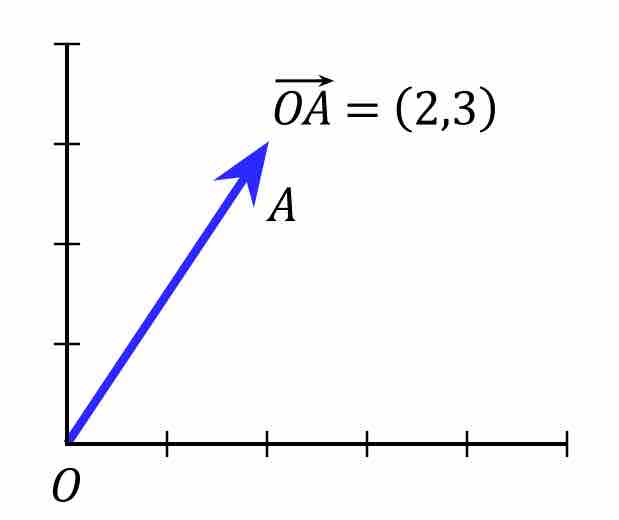
Scalars are physical quantities represented by a single number, and vectors are represented by both a number and a direction.
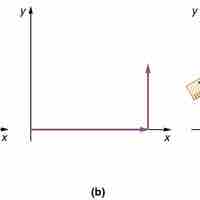
Vectors may be added or subtracted graphically by laying them end to end on a set of axes.
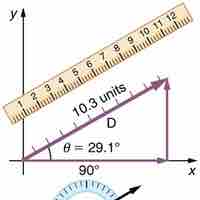
It is often simpler to add or subtract vectors by using their components.
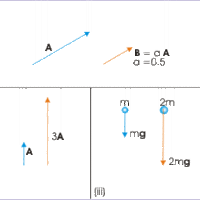
Multiplying a vector by a scalar changes the magnitude of the vector but not the direction.

Multiplying a vector by a scalar is the same as multiplying its magnitude by a number.
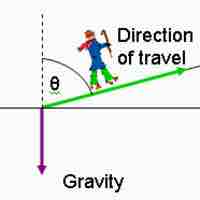
Position, displacement, velocity, and acceleration can all be shown vectors since they are defined in terms of a magnitude and a direction.
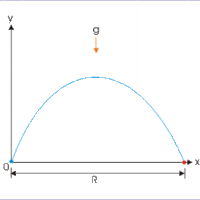
Projectile motion is a form of motion where an object moves in parabolic path; the path that the object follows is called its trajectory.
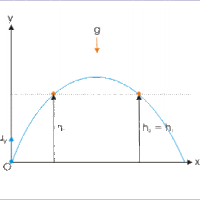
In projectile motion, an object moves in parabolic path; the path the object follows is called its trajectory.
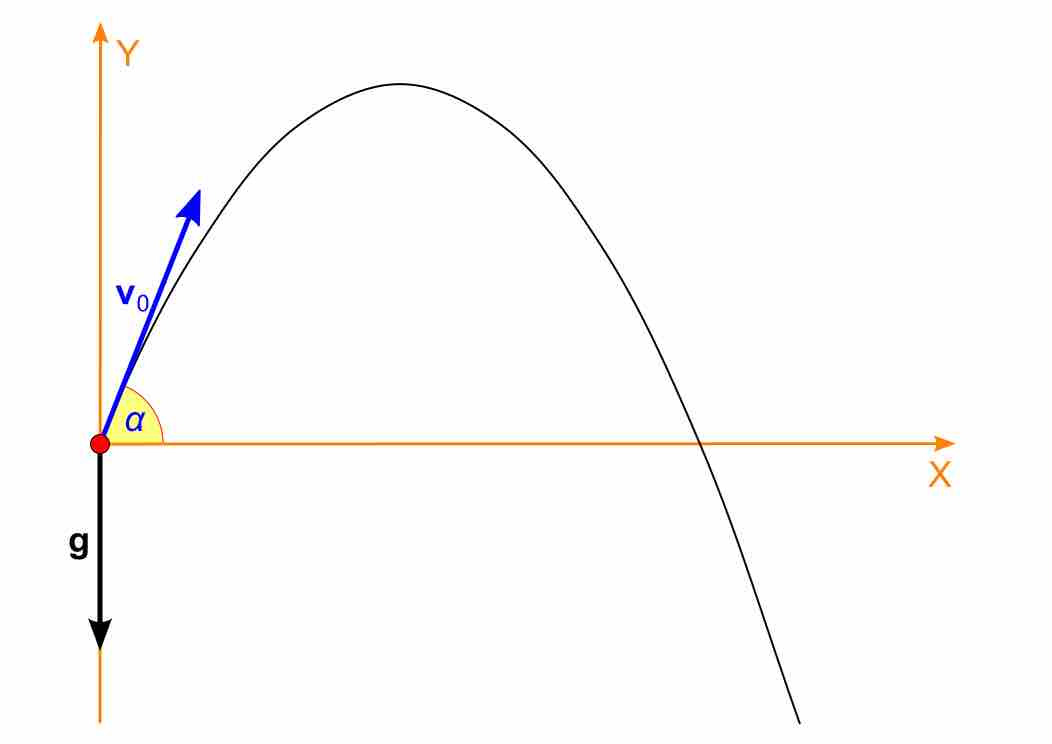
An object launched horizontally at a height
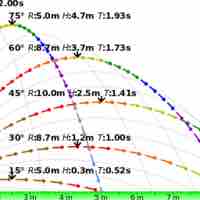
The initial launch angle (0-90 degrees) of an object in projectile motion dictates the range, height, and time of flight of that object.

Projectile motion is a form of motion where an object moves in parabolic path. The path that the object follows is called its trajectory.
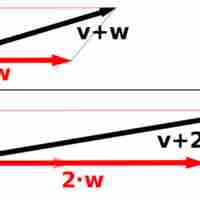
Relative velocities can be found by adding the velocity of the observed object to the velocity of the frame of reference it was measured in.
Relative velocity is the velocity of an object B measured with respect to the velocity of another object A, denoted as

